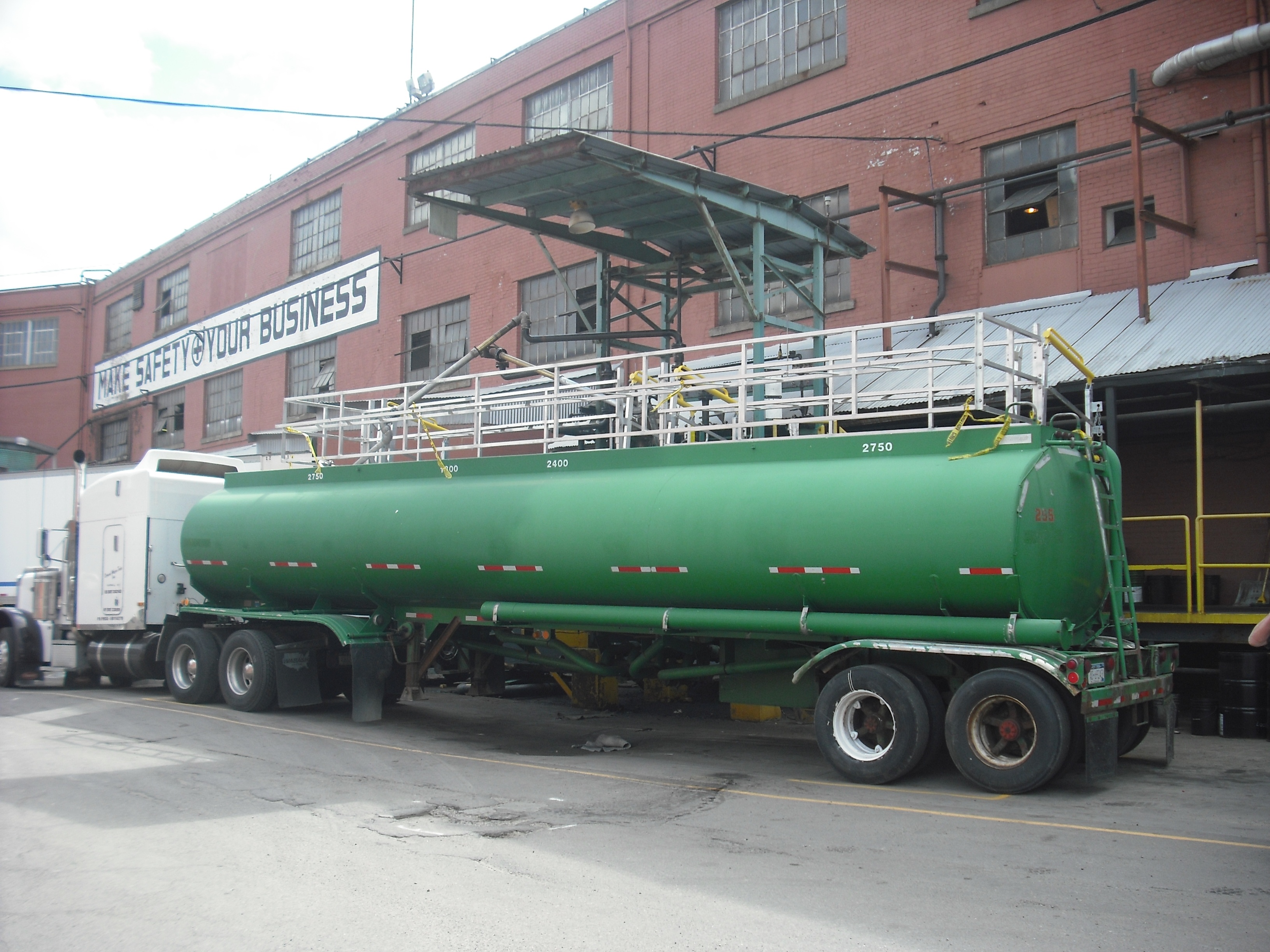 A recent article in Bulk Transporter focused on the risks drivers face when working on top of tank trucks, highlighting the need for fall protection and prevention.
A recent article in Bulk Transporter focused on the risks drivers face when working on top of tank trucks, highlighting the need for fall protection and prevention.
The article, which reported on the September meeting of the Cargo Tank Risk Management Committee (CTRMC), included insights on tank truck safety from the perspective of drivers themselves:
“Drivers would like to not have to go on top of tanks, but there are many reasons they have to for product quality and securement reasons,” according to the article. “Additional training on safe access to tank tops and better ladders is needed, especially when the need to carry equipment makes ‘three-point climbing’ difficult.”
While OSHA and ANSI recommend maintaining three points of contact (such as two hands and a foot) while climbing up the side of a truck or ladder, that’s clearly not enough to prevent falls and accidents on your tank truck loading site.
Where Does Your Tank Truck Safety Solution Fit In The Fall Protection Hierarchy?
When creating your tank truck safety solution, it’s good to start with the Fall Protection Hierarchy, an industry standard designed to protect workers from safety hazards. The hierarchy (sometimes referred to as Z359) starts with the preferred scenario and works down to the least effective solution.
-
Elimination Or Substitution
Remove the hazard or replace it with a safer option. In the context of tank truck safety, the first preference would be to eliminate the need for people to walk on the tank – especially when loading hazardous chemicals.Some facilities tackle this problem by installing elevating truck platforms that provide safer walking surfaces, so drivers and operators don’t need to walk on top of the truck at all. The best way to eliminate walking on top of a truck depends on your specific situation and needs.
-
Passive Fall Prevention
If your drivers and operators still need to access the top of a tank truck, the next step is to find a safer way to do it. The preferred solution in this case is to use passive fall prevention, such as handrails and extended truck safety cages. -
Fall Restraint
This type of fall prevention uses a harness or tether that restrains the worker from reaching the fall hazard while doing his or her job. -
Fall Arrest
This type of solution aims to intervene when a person is already falling, in order to bring them to a safer stop. This isn’t the preferred solution, since the tank truck driver or operator would still fall, but it may be the only alternative in some situations. -
Administrative Controls
Finally, you could use administrative controls to manage hazardous situations by reducing the frequency, duration and severity of a worker’s exposure. Safety policies, schedules, supervision and training are examples of these control measures.
Clearly, there’s a huge difference between eliminating the risk altogether and relying on safety policies and training alone. To keep workers safe when they work with tank trucks, you need a comprehensive truck safety solution designed to meet your work site’s specific needs, using a combination of safety procedures, equipment and services.
Ready to learn more about comprehensive truck safety solutions? Download this industry guide from Carbis Solutions to discover strategies for a safer, more efficient workplace.



